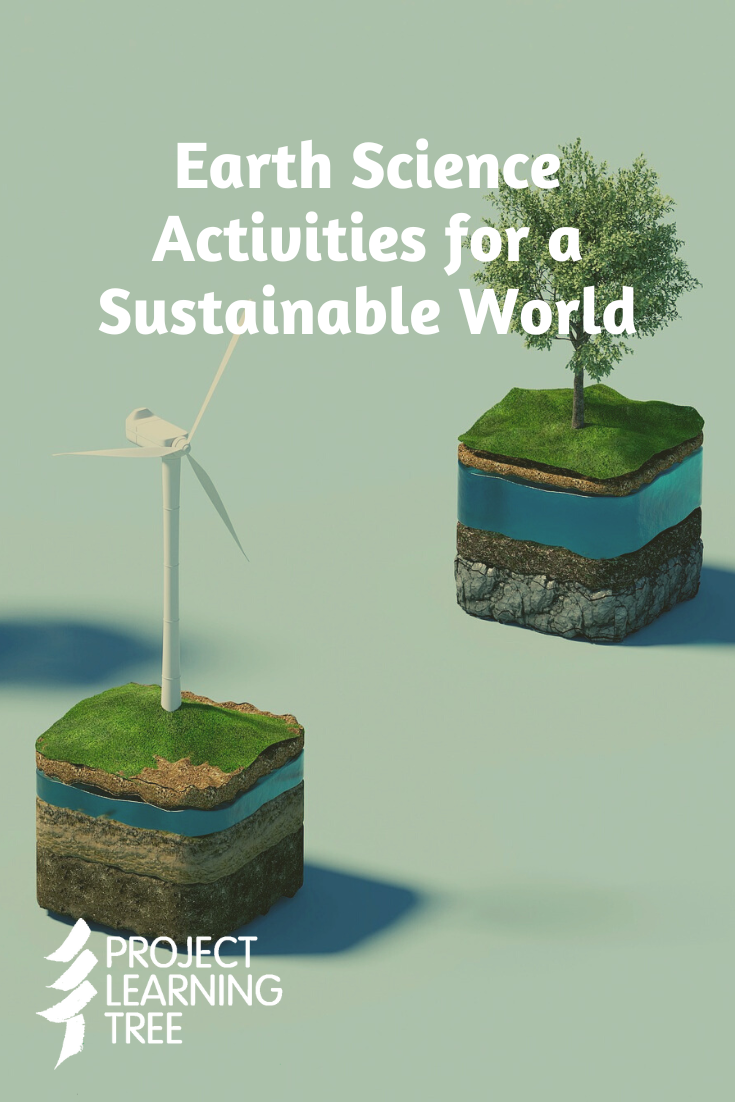 Showing students that we all are responsible for supporting the planet is a cornerstone of Earth Science Week (October 9 – 15). This year’s theme, “Earth Science for a Sustainable World,” emphasizes that we can all do our part to help create a healthy and sustainable planet for future generations.
Showing students that we all are responsible for supporting the planet is a cornerstone of Earth Science Week (October 9 – 15). This year’s theme, “Earth Science for a Sustainable World,” emphasizes that we can all do our part to help create a healthy and sustainable planet for future generations.
Ensuring a healthy planet for future generations starts with educating students on the connections between our actions and aspects of climate that they may not think of every day: soil, unique environments, carbon, population growth, and more.
Let’s look at Earth Science Week activities with this theme in mind that you can try with your classroom, complete with recommended grade levels and relevant science standards.
Plant & Animal Adaptations
Help students spark their curiosity about the environment around them with lessons on plants and animal adaptations. Explore how living things have found ways to work around challenges to thrive.
Looking for Wild Elements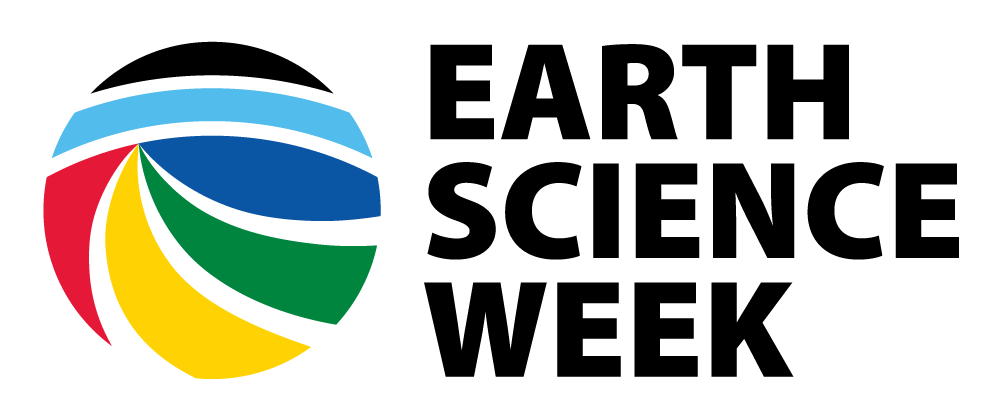
Grade Level: 5-8
NGSS ESS Disciplinary Core Ideas: Earth and Human Activity (ESS3)
NGSS ESS Topics: Earth’s Systems, Human Impacts
NGSS Performance Expectations: 5-ESS3-1, MS-ESS3-3
Explore the landscapes around your school environment in this lesson about wild elements. You’ll walk through the definitions of “wild” with students before finding your versions of the term around the school, mapping corners they may not have noticed. Depending on the grade level, students can investigate spatial relationships or illustrate what they saw while outside.
Tip: If a field trip is possible, taking students to a wildlife refuge may be a great capstone activity.
Adaptations of Cave Critters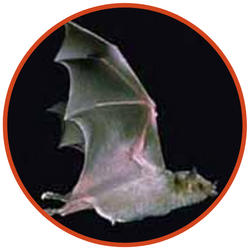
Grade Level: K-12
NGSS ESS Disciplinary Core Ideas: Earth’s Systems (ESS2)
NGSS ESS Topics: Earth’s Systems
Teach students about the incredible diversity of cave systems near and far. This is certainly more exciting if you can visit a cave in your area as an extension of this activity, but it’s also fun to think about the traits animals need to survive inside caves.
Older students can go a little further and think about adaptations they would need to survive inside caves, along with the environmental impacts of climate change on cave life.
Conserving Resources
As consumers, we should do what we can to help sustain resources like water and energy. These lessons teach those concepts in obvious and visual ways to show students the power of simple decision-making in their daily lives.
Are You a Water Waster?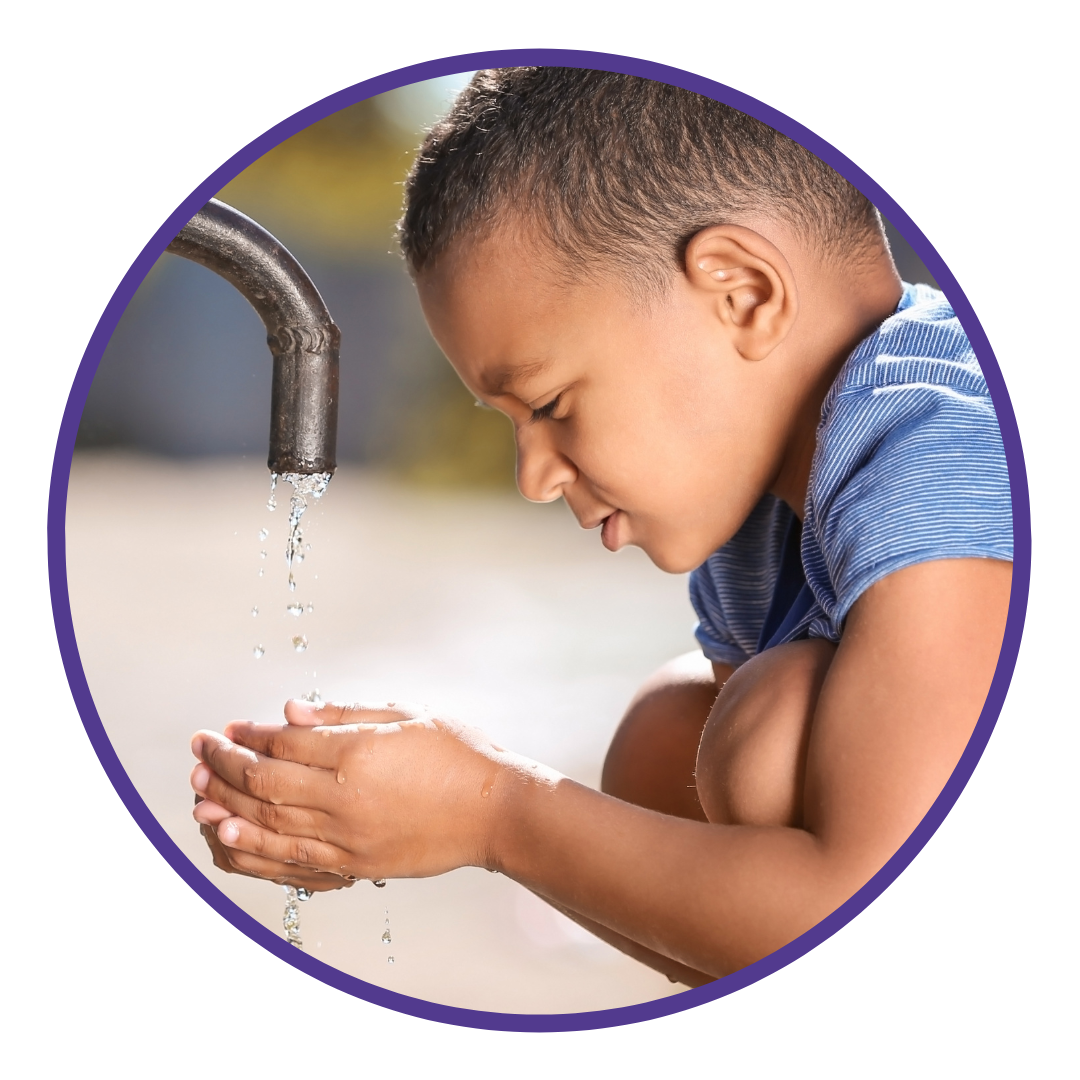
Grade Level: K-4
NGSS ESS Disciplinary Core Ideas: Earth’s Systems (ESS2), Earth and Human Activity (ESS3)
NGSS ESS Topics: Earth’s Systems
NGSS Performance Expectations: K-ESS3-3, K-LS1-1, 2-ESS2-3, 4-ESS3-2
This activity is a great lesson for smaller groups of students or even an independent project to show a good example of daily water use (or water waste). Students will analyze how much water they use while doing a daily routine or activity (like brushing their teeth twice a day). If they run the water while they do so, this simple lesson may help them make informed decisions about water consumption and waste. Older students can test out their math skills with conversions and simple multiplication.
Pair this lesson with PLT’s activity Every Drop Counts from PLT’s Explore Your Environment: K-8 Activity Guide to teach learners how to conserve water.
Using Energy Resources Wisely
Grade Level: 6-9
Students in cooler climates may not know how important energy is to heat their homes. This lesson examines how we can do that more efficiently with less energy. Watch students become scientists as they make predictions, test theories using given data collection methods, and present their findings using simple tools found around the classroom. Have them develop theories about applying their results on a larger scale.
Managing Nature
Is nature at its best when it’s left alone, or should we find ways to help nature where it benefits the health of our environment? The lesson in this category looks at a hot topic relevant to challenges faced by states today.
Burning Issues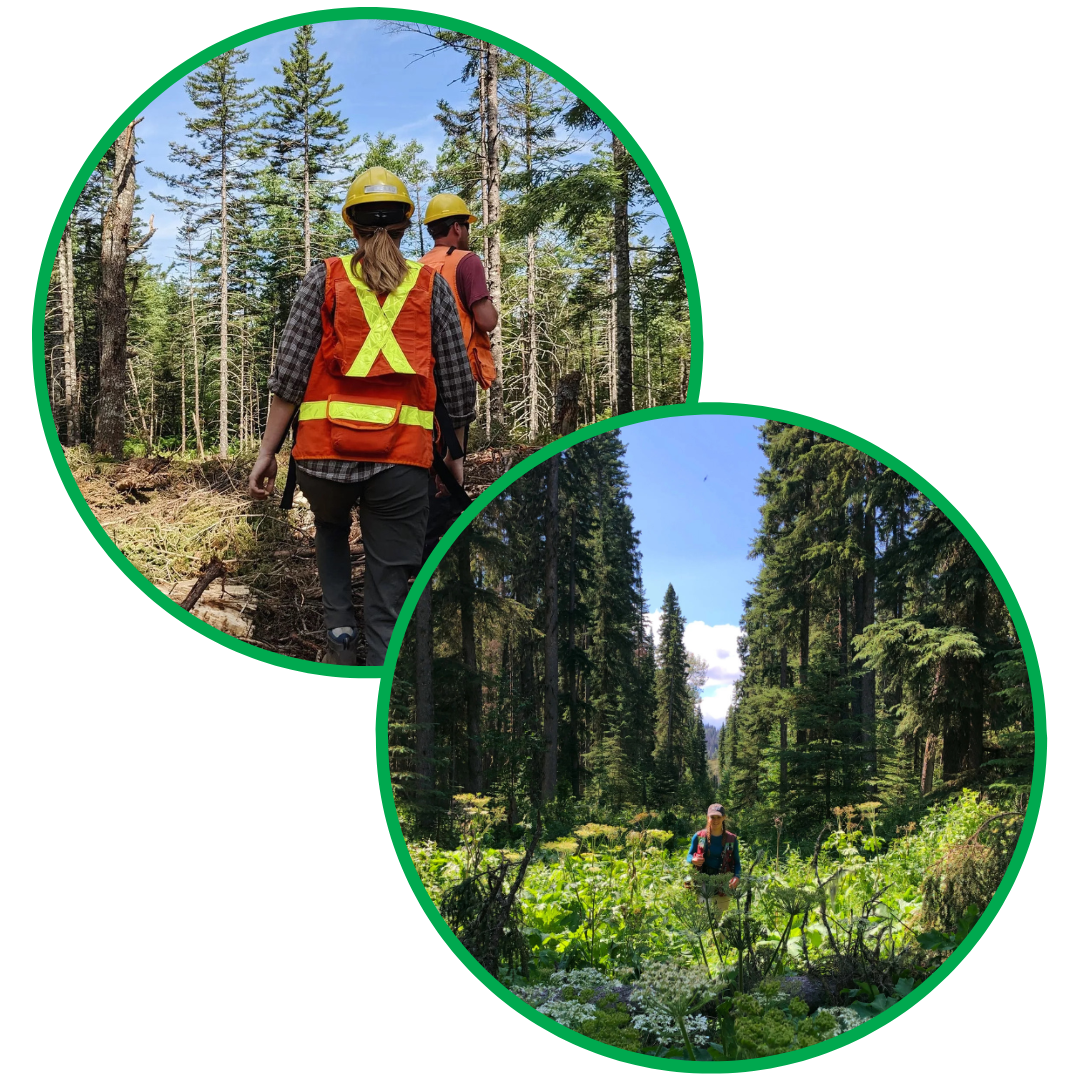
Grade Level: 5-8
NGSS ESS Disciplinary Core Ideas: Earth’s Systems (ESS2), Earth and Human Activity (ESS3)
NGSS ESS Topics: Earth’s Systems, History of Earth, Human Impacts
NGSS Performance Expectations: 5-ESS2-1, 5-ESS3-1, MS-ESS2-1, MS-ESS2-2, MS-ESS3-2, MS-ESS3-3
Fire isn’t just a source of destruction in our forests. In the case of fire management, prescribed burns are used as a forest management tool. Help students form opinions about prescribed burns and the best way to handle wildfires. You’ll teach them how to analyze both sides of an environmental topic before they form opinions, and how to help the public understand how to do the same.
Teach learners in grades 6-8 about wildfire prevention and management with PLT’s activity Living with Fire from PLT’s Explore Your Environment: K-8 Activity Guide!
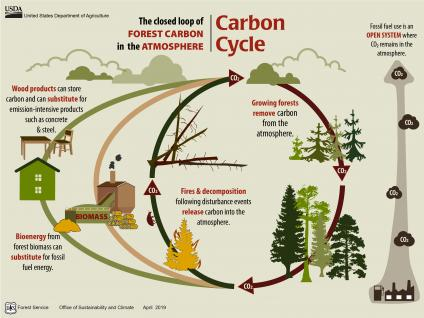
Understanding the Carbon Cycle
Carbon can be an abstract topic for many students. The lesson below uses movement to teach about how carbon is all around us in a fun way as the basis of the carbon cycle. This activity is great for your kinesthetic learners.
Carbon Travels
Grade Level: 5-12
NGSS ESS Disciplinary Core Ideas: Earth and Human Activity (ESS3)
NGSS ESS Topics: Human Impacts
Play a game that takes students through different time periods to show how levels of carbon in the atmosphere have changed since the Industrial Revolution. Students will learn about how carbon moves through our environments and even within us in what’s known as the carbon cycle. Older students can explore how our actions, including the use of fossil fuels, affect that cycle and our atmosphere.
Climate and Soil
Most students have a basic understanding that we don’t have unlimited access to natural resources. It can be a little harder to think about why healthy soil is just as important to a healthy Earth. These activities look at how climate changes affect even the dirt beneath our feet.
Climate and Temperature
Grade Level: 5-8
NGSS ESS Disciplinary Core Ideas: Earth’s Systems (ESS2), Earth and Human Activity (ESS3)
NGSS ESS Topics: Earth’s Systems, Weather and Climate
NGSS Performance Expectations: 5-ESS3-1, MS-ESS2-5, MS-ESS2-6, MS-ESS3-5
Teach students about the importance of temperature and water to soil, a resource that gives us everything from the food we eat to the homes all living things on Earth inhabit. In this activity, students will get their hands in the dirt to examine how varying environments affect soil and why that’s important. Younger students will explore how changes in soil affect environments, including plant growth.
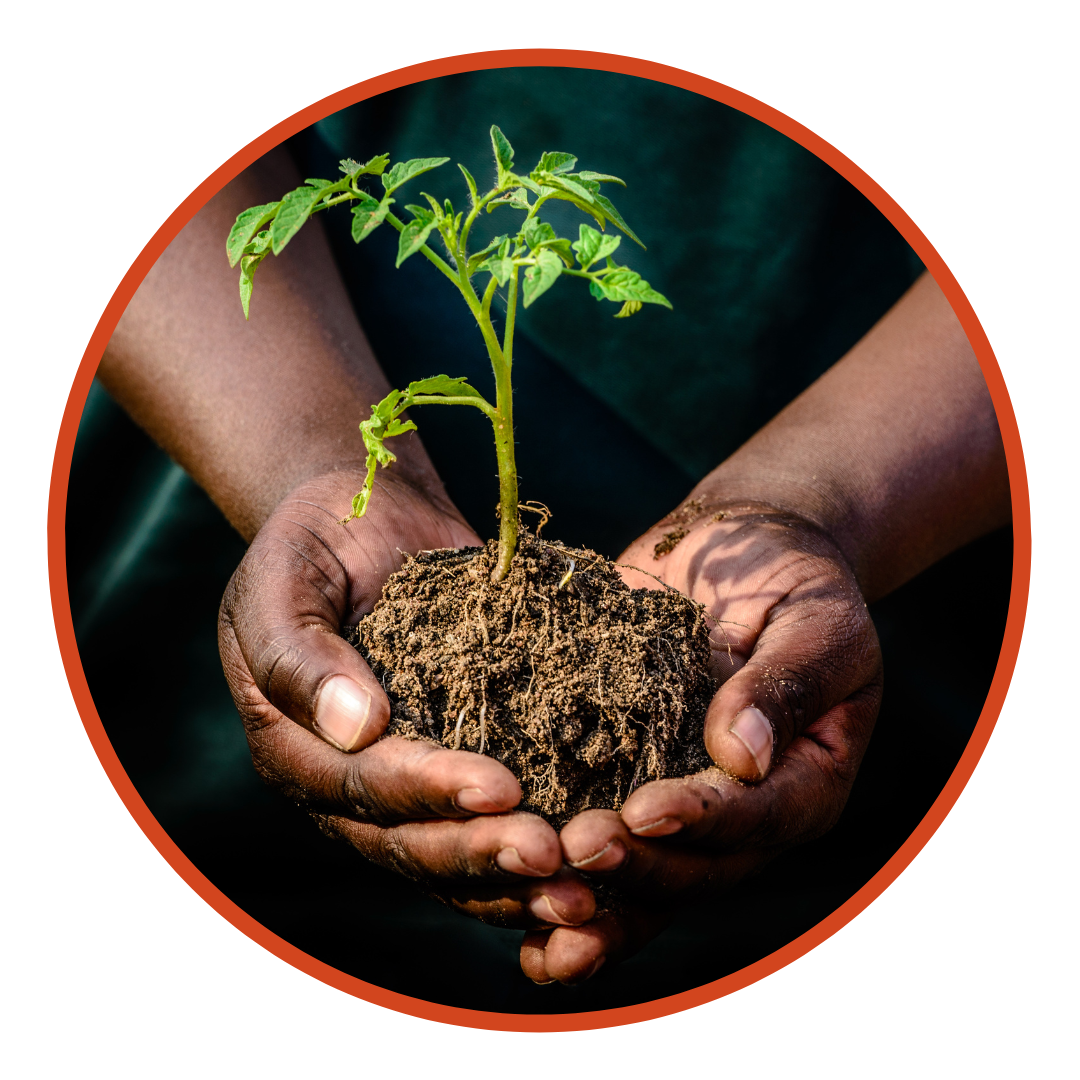
Soil, Plants, and the Energy Cycle
Grade Level: 9-12
This lesson for older students takes soil a step further to examine its role in the energy cycle. How does soil interact with carbon dioxide, and why is that important in land management, restoration efforts, and the supply chain? The activity takes a deep dive into biofuel as a source of energy over fossil fuels and how healthy soil and plants can be the key to expanding sources for biofuel.
Energy
Energy is all around us, but it comes in different forms. Harnessing that energy in a way that helps us while allowing our environment to thrive can be challenging. These lessons look at areas of energy that students may interact with daily.
Use PLT’s activity Exploration Energy! from PLT’s Explore Your Environment: K-8 Activity Guide to enhance learning experiences.
Chemistry of Burning
Grade Level: 6-8
NGSS ESS Disciplinary Core Ideas: Earth’s Systems (ESS2), Earth and Human Activity (ESS3)
NGSS ESS Topics: Earth’s Systems, History of Earth, Human Impacts
NGSS Performance Expectations: MS-ESS2-1, MS-ESS2-2, MS-ESS3-2, MS-ESS3-3
This lesson looks at the basics of chemistry behind hydrocarbons to show that the idea of “clean burning” to reduce greenhouse gas emissions is more complicated than it seems. Students will create physical models of hydrocarbons to show how they produce energy and what happens when it is released. It all links back to the chemistry of combustion and the products left behind when we burn fossil fuels.
Energy and Population
Grade Level: 6-12
Lead students on a mapping activity to show the link between population totals and energy consumption. Older students can go beyond the basic premise of more people using more energy to look at industries in those populous areas and the effects of energy use on climate. Compare and contrast the top energy consumers with their cities and towns to show where their immediate environments stand.
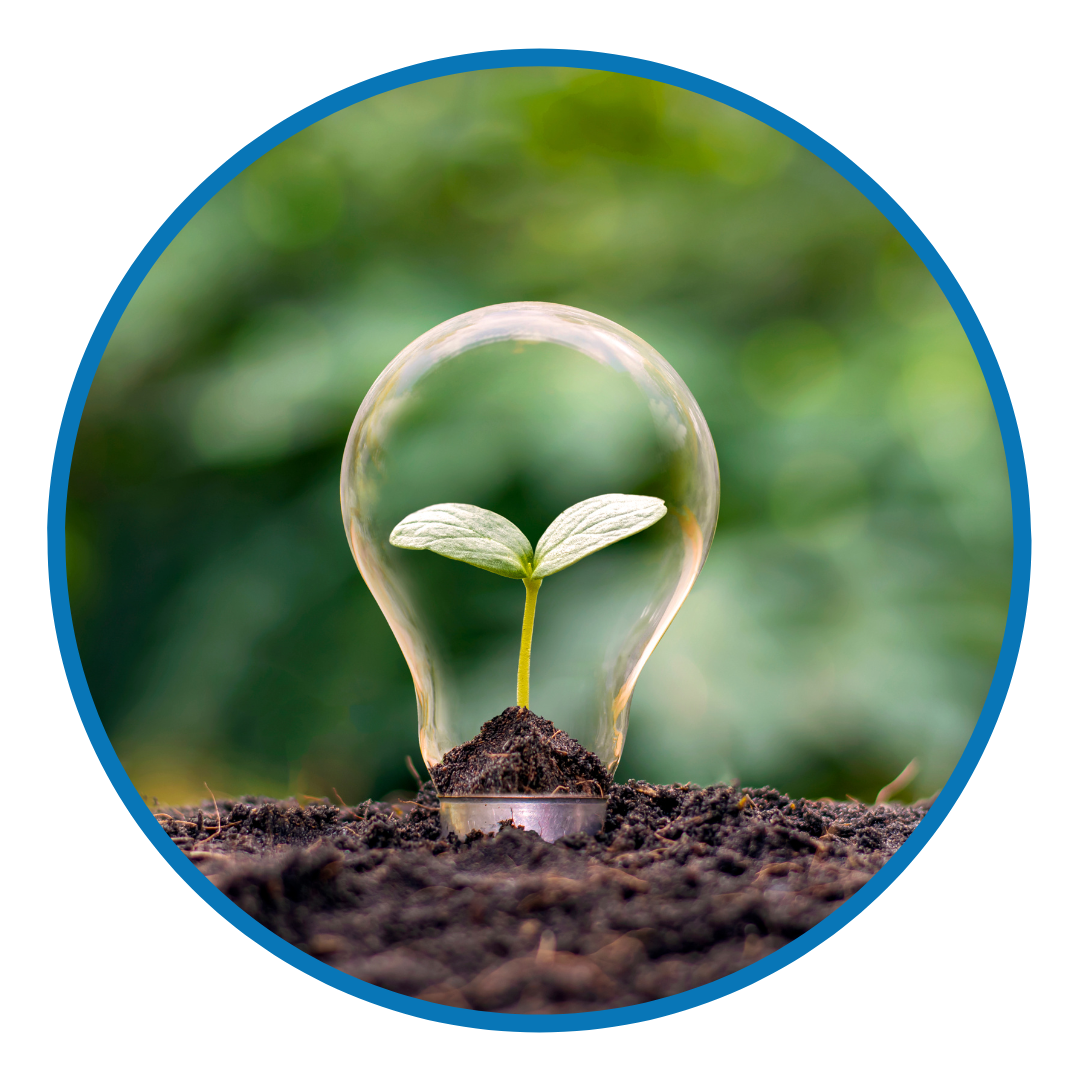
Energy Efficiency
Grade Level: 6-12
NGSS ESS Disciplinary Core Ideas: Earth’s Systems (ESS2)
NGSS ESS Topics: Weather and Climate
NGSS Performance Expectations: MS-PS1-4, MS-PS3-4, HS-ESS2-4, HS-PS3-4
Dig a little deeper into energy efficiency concepts with students by looking at how our understanding of ground temperatures can help us build more efficient housing. You’ll need access to a fridge or freezer for this one, so this may be a fun activity for students to try at home, too. An adaptation for the classroom may be using a cooler filled with ice before sending students off for independent data collection.
Solar Cell Energy Nationwide
Grade Level: 7-12
NGSS ESS Disciplinary Core Ideas: Earth’s Systems (ESS2)
NGSS ESS Topics: Earth’s Systems
To understand the effectiveness of solar energy, it’s important to understand the challenges around broad solar programs. This lesson looks at how weather, including cloud cover and seasonal changes, means solar energy isn’t a constant from day to day in many places around the country. Students will understand how solar energy works and analyze ideal locations for solar energy.
Know Your Energy Costs
Grade Level: 6-12
NGSS ESS Disciplinary Core Ideas: Earth and Human Activity (ESS3)
NGSS ESS Topics: Human Impacts, Weather, and Climate
NGSS Performance Expectations: MS-ESS3-5, HS-ESS3-6
This lesson doesn’t just look at the monetary cost of running certain appliances but the environmental costs of our energy use. Consider both in this activity that teaches students how to find average wattage on appliances and online, and what that means for a household’s energy costs. Finally, have students think about how they can reduce their energy consumption in meaningful ways.
Greenhouse Gases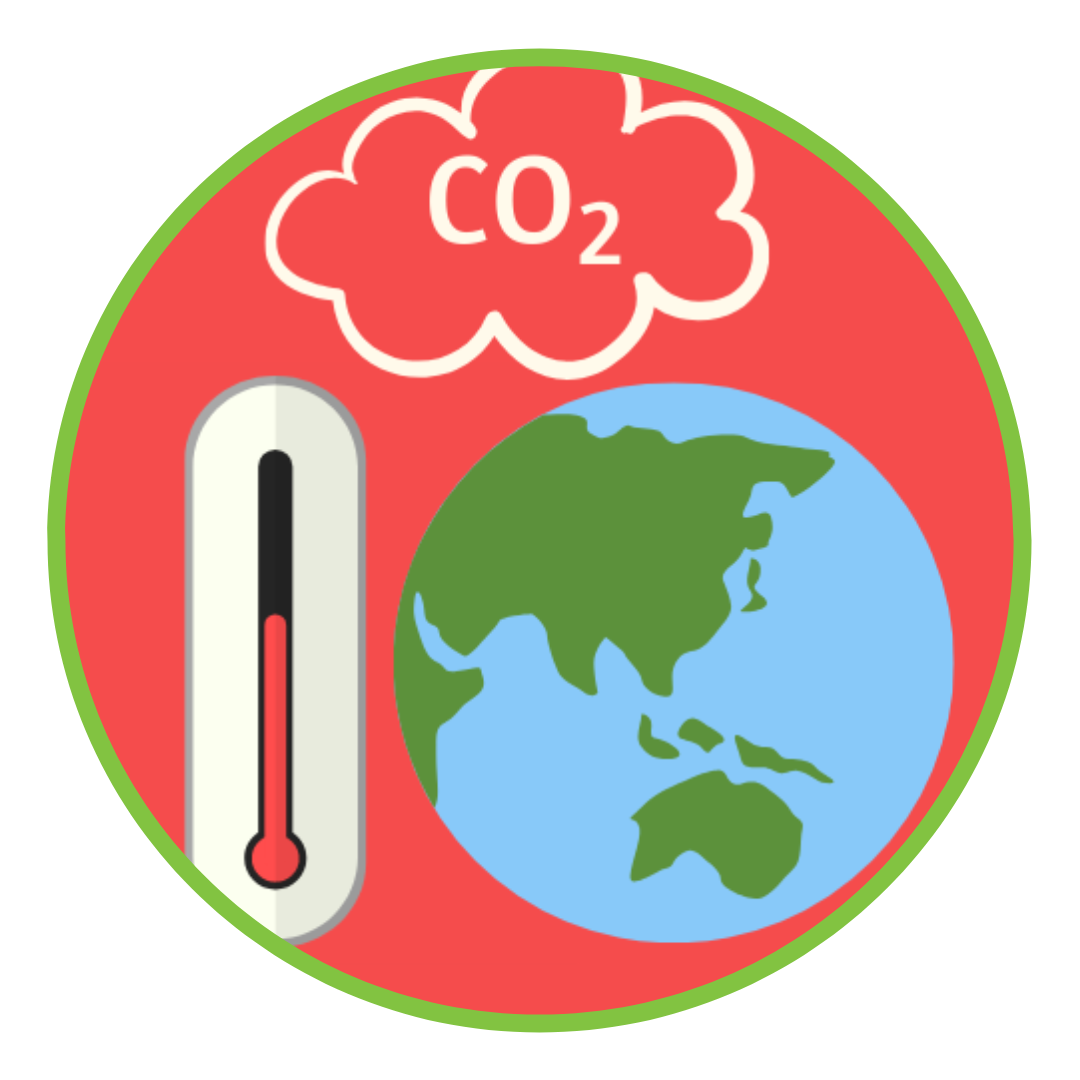
Most students understand that the planet is warming, but it can be more challenging to understand the science behind that phenomenon. The simple activity below examines why greenhouse gases are in a delicate balance and what this means for us here on Earth.
Your Own Greenhouse
Grade Level: 3-5
NGSS ESS Disciplinary Core Ideas: Earth’s Systems (ESS2)
NGSS ESS Topics: Earth’s Systems
NGSS Performance Expectations: 5-ESS2-1
We need the sun’s warming effect to help sustain life on Earth. Some of this is the “greenhouse effect,” as gases in our atmosphere trap the sun’s energy to bring us the heat we need to survive. As those gases increase, though, our planet gets warmer. This activity simplifies that concept for younger students with an easy science experiment. Lead students to answer questions about what this may mean for their daily lives.
These activities can be adapted for diverse learners with scaffolding, simplified instructions, or elements that meet students’ sensory needs. Lessons around environmental science should be accessible for all students to not only get them excited about learning but also get them excited to become stewards of the Earth.


